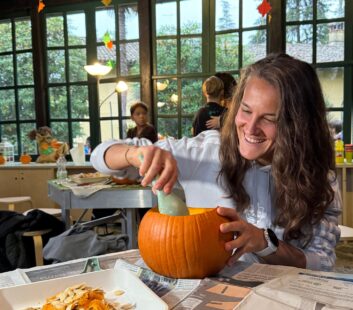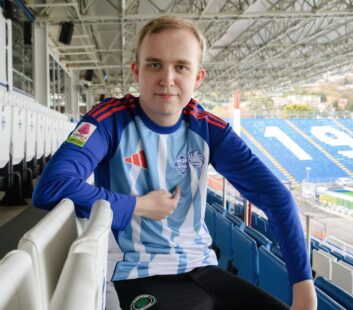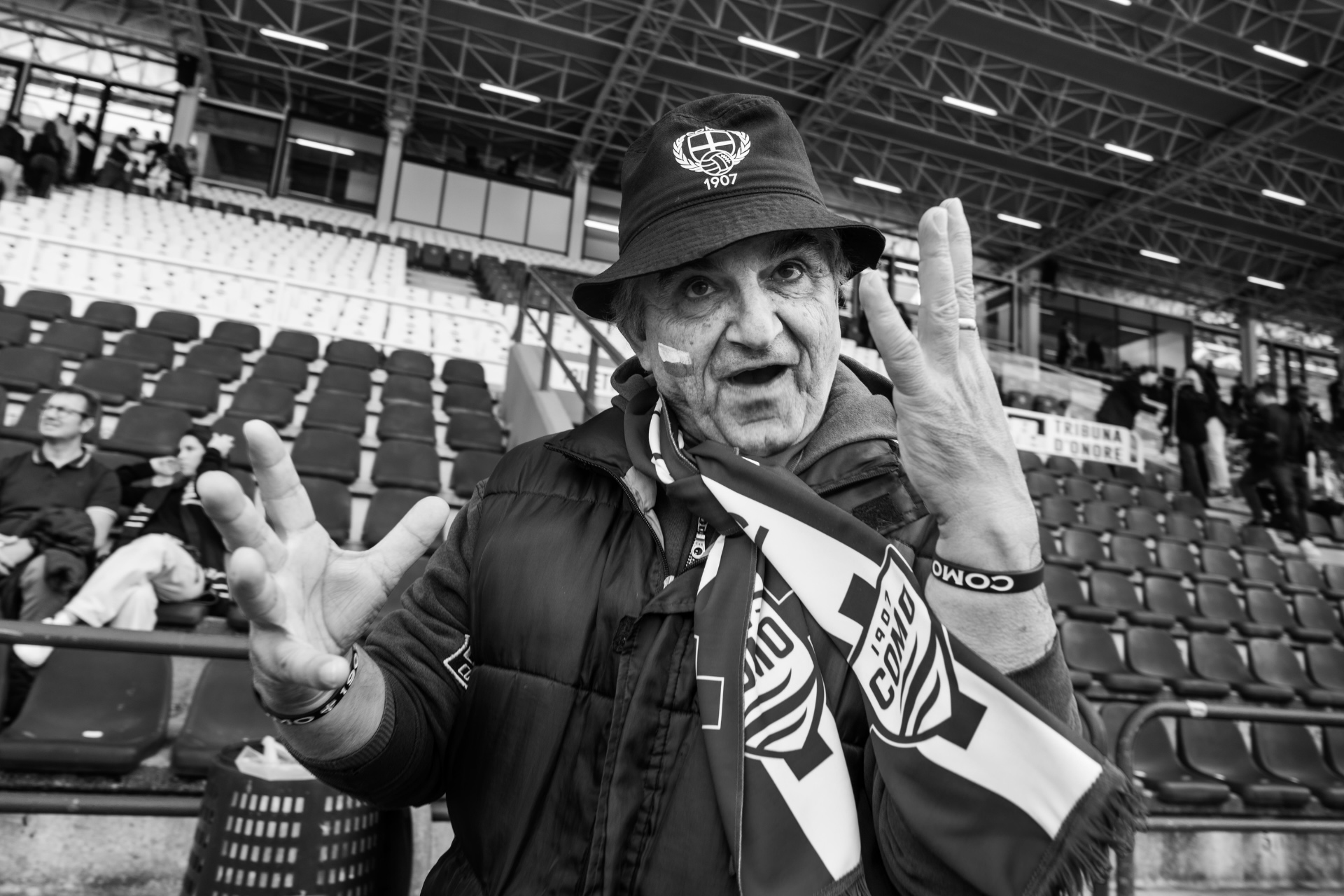
LIFESTYLE
Gabriele Micalizzi: From War Zones to the Curva
Known for his unflinching coverage of conflicts in Syria, Gaza, and Ukraine, Milan-born photojournalist Gabriele Micalizzi has spent the last two decades documenting life on the frontlines. A founding member of the Italian collective Cesura, his work has appeared in The New York Times, Le Monde, and The Guardian, marked by an ability to capture raw emotion under extreme pressure.
In the summer of 2024, Micalizzi turned his lens toward a different kind of intensity: Como 1907’s long-awaited return to Serie A after 21 years. Embedded with the team, he followed not just the matches, but the rituals, the silence before kickoff, and the roar of the curva—offering a perspective shaped by a career spent documenting humanity at its most exposed.
Here, in his own words, is what he saw—and a glimpse of the images he captured over the course of the season.
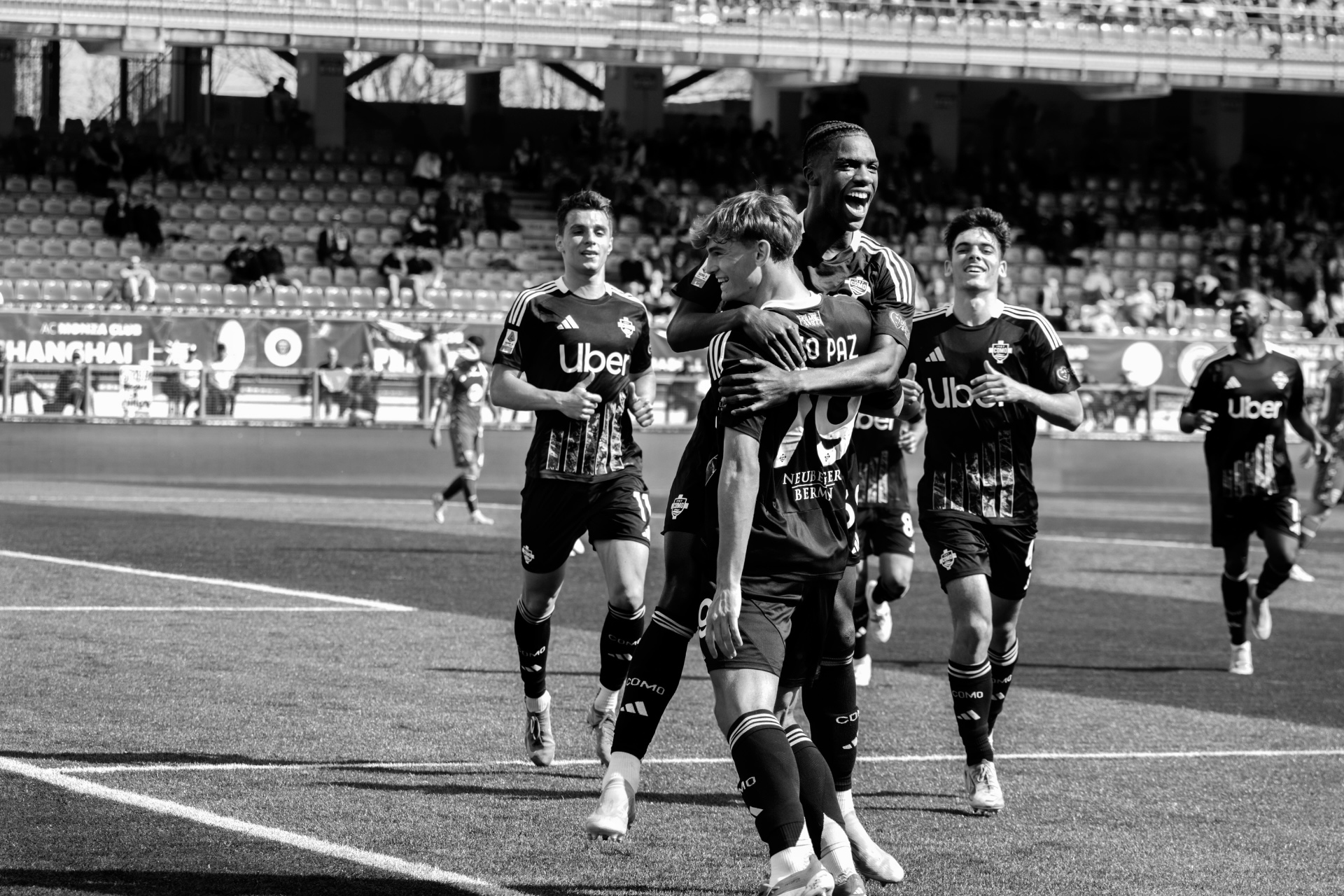
It’s a sweltering summer in 2024.
It’s August 14th, and the sun has been up for a while when I arrive at the training ground. I notice a structure made of metal scaffolding, likely set up to block the view from onlookers.
The players are getting ready, wearing GPS trackers and drinking mineral salts.
There’s intense focus—even though, for most people, it’s still holiday season.
This is how my journey begins, following Como 1907’s return to Serie A.
The Stadio Giuseppe Sinigaglia has a unique feature: it sits directly on the shores of the famous lake celebrated by writers and thinkers.
The mountains that surround it complete the picture, stirring something deeply emotional.
It’s a kind of beauty that’s hard to ignore—an aesthetic that makes the experience incomparable.
When empty, the stadium is calm. Everything stands still.
Then matchday transforms it into a stage overflowing with emotion.
It’s here that I come into contact with the fans, of all ages and backgrounds.
The curva is loud and passionate, but even the stands are packed to the brim.
With every opportunity for the team, the roar pulls you right onto the pitch.
And that’s where you find our modern-day gladiators—Nico Paz, Cutrone, Gabrielloni.
And on the bench, the real captain, the driving force: Cesc Fàbregas.
The pressure is high because they know they have something to prove.
The pressure is always high—anyone who steps onto that pitch knows they have to show what they’re made of.
The coach demands discipline—no distractions.
Here, football is the absolute priority.
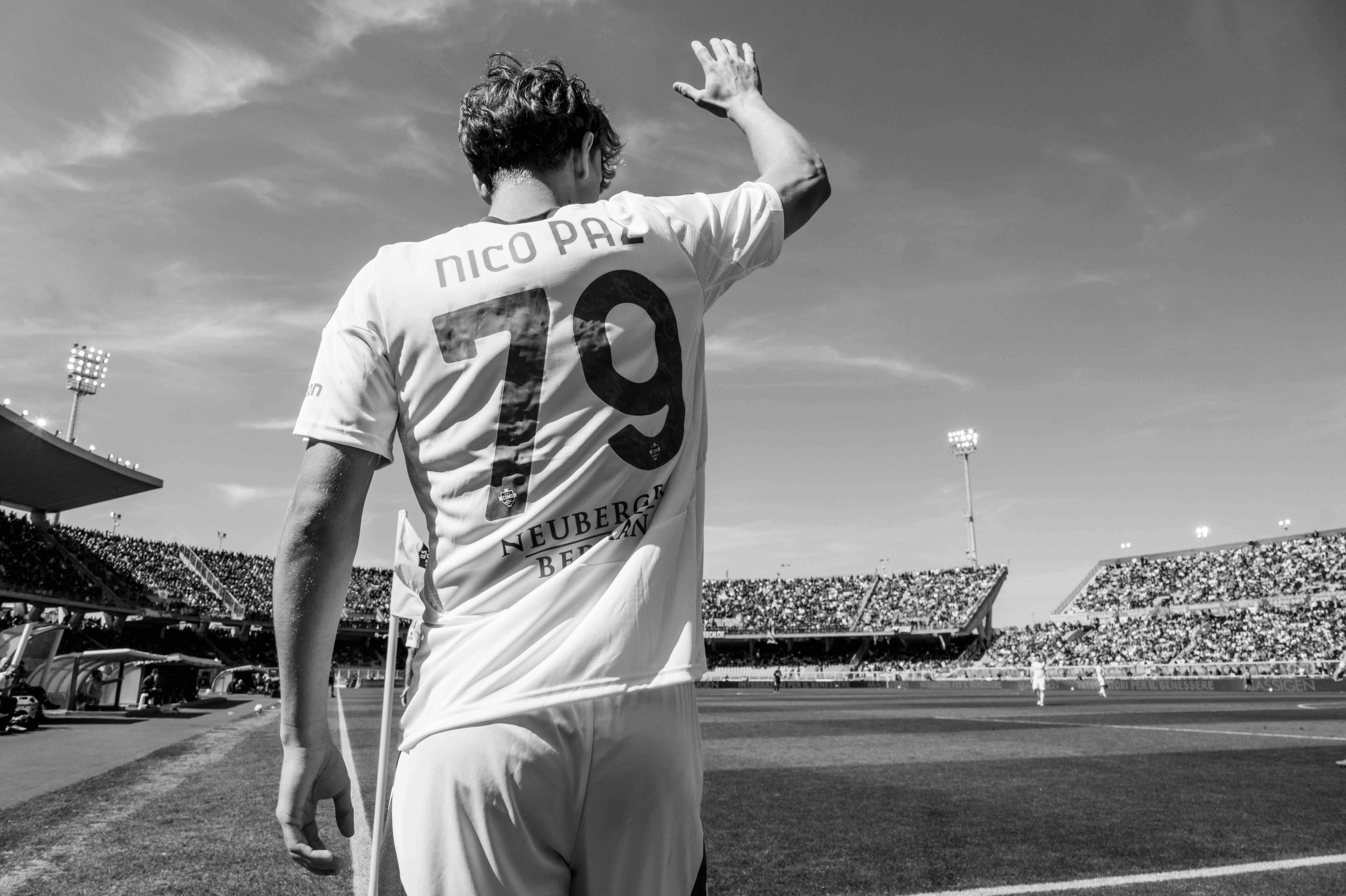
Following a Serie A team isn’t easy.
Access is difficult, the club is tightly run, and television always comes first.
But little by little, I manage to carve out space, to get in.
That’s when I discover that players have their own rituals, their own talismans.
Almost all of them wear custom shin guards—some with family photos, others with motivational slogans.
Como itself has a special geography—one that gives birth to legends.
The people are simple, sometimes slow to open up, but tourism has taught them they live in a truly extraordinary place.
Iconic films have been shot on the shores of this lake (like James Bond), and maybe that’s why real VIPs—movie stars and artists—often appear in the stands.
Maybe it’s that everyone loves football.
Maybe it’s that football has this gift of bringing people together—from bakers to movie stars, all equal, side by side in the crowd.
And maybe that’s what I witnessed on this journey.
For those 90 fateful minutes, we all feel the same things. We scream, we laugh, we get swept up in it—all together.
There was one moment in particular that defined this season:
Lecce vs Como, a 3-0 win for the Larians and safety in the bag.
The image: Fàbregas leading the players toward the curva, applauding the fans—celebrating survival.
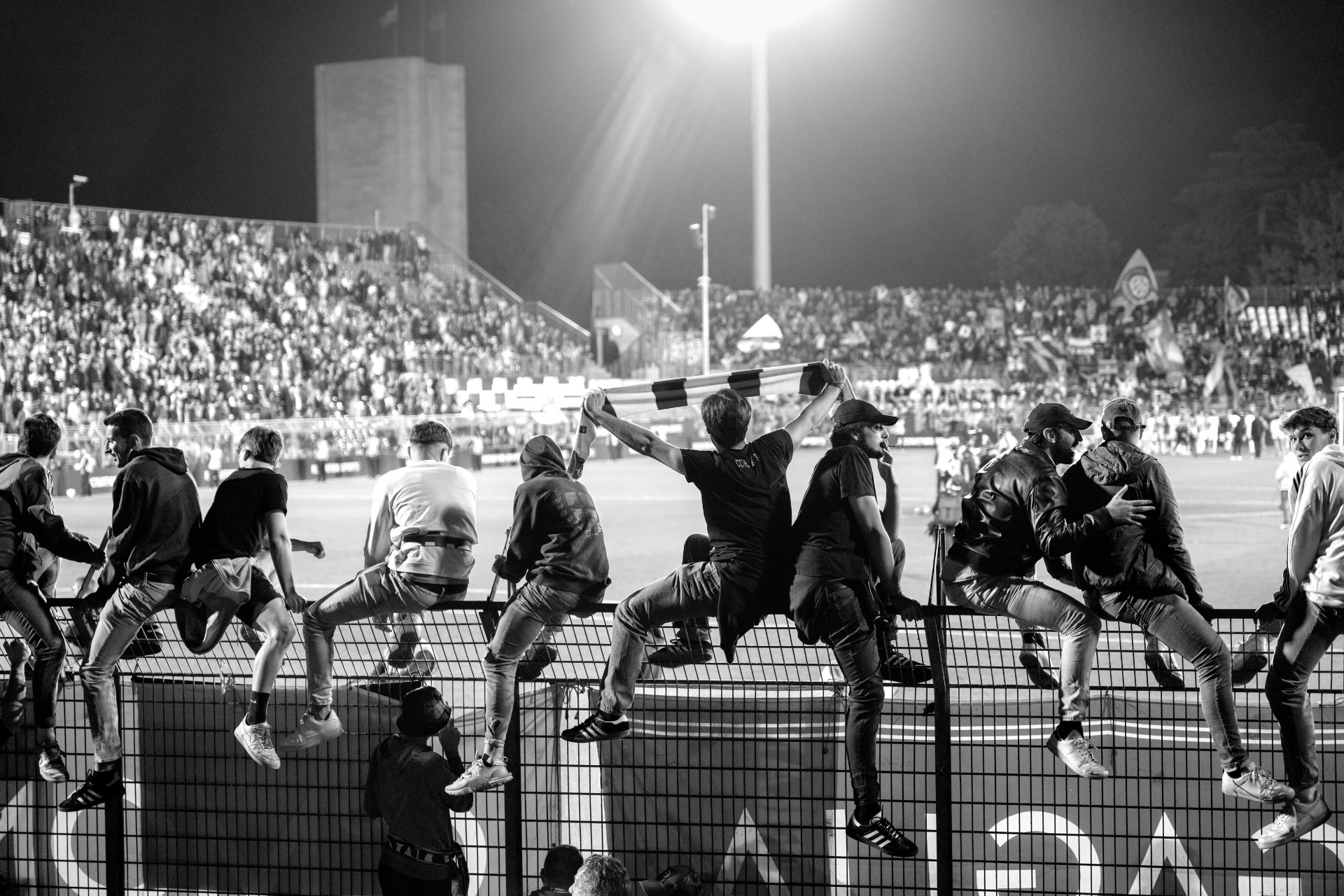
Como may be a small city, yes, but the club has international reach.
You feel it straight away: a winning mentality, strong relationships, important guests in the stands.
And before kickoff, big-name artists like Guè perform live.
Football is unforgiving. You win, you lose—sometimes, you draw.
It’s a metaphor for life that I’ve witnessed firsthand.
An athletic gesture can make millions dream.
It can shape even the youngest minds.
Carmelo Bene understood this—when he spoke of art and emotion, he quoted Maradona.
These are emotions we’ll remember forever.
Emotions that stay with you for life.

